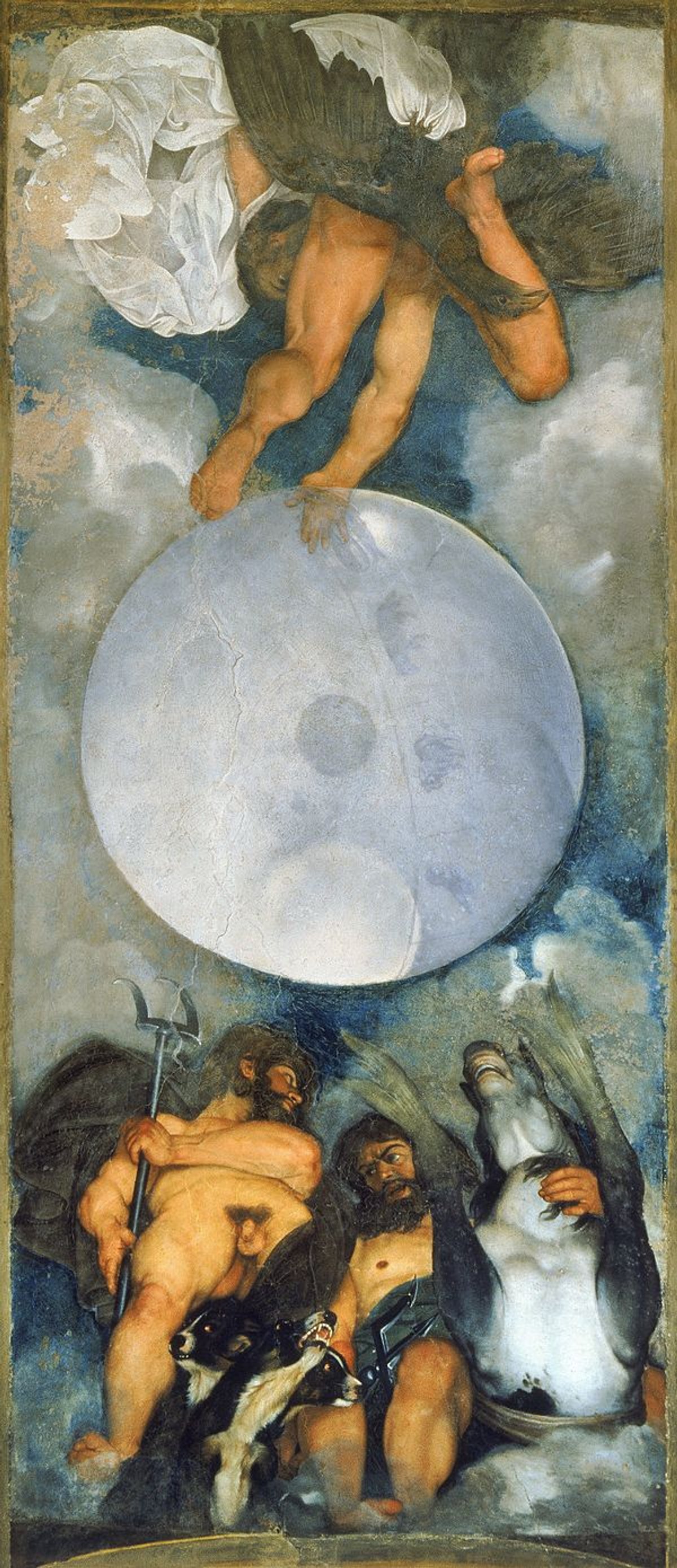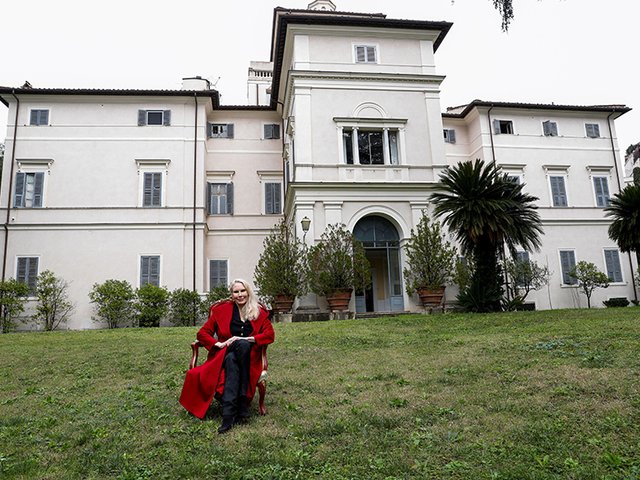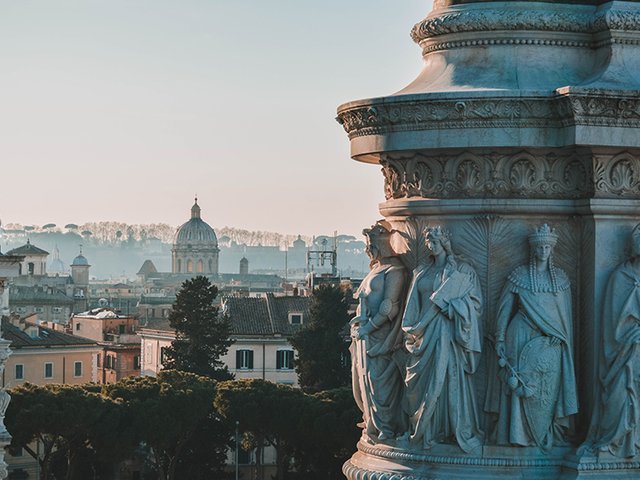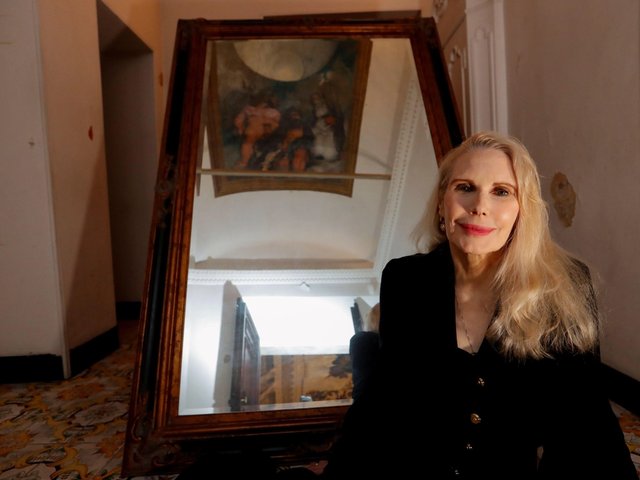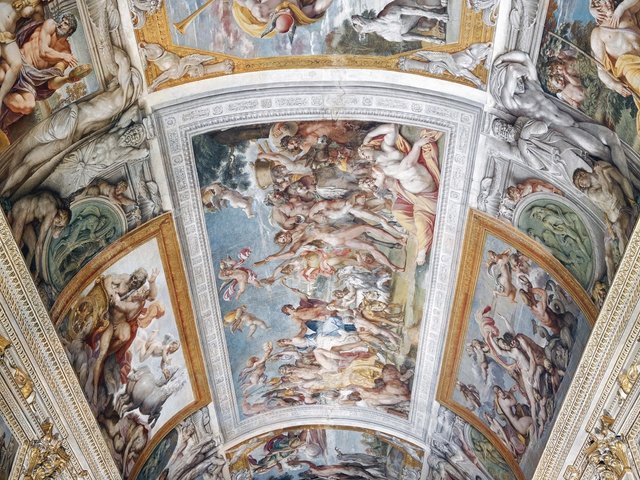Buyers at the upper end of the property market tend to look for homes with a certain wow factor: a private beach, uninterrupted views of the park, or perhaps a rare work by Caravaggio?
Such is the opportunity presented by a villa in central Rome that will soon go on the market with a guide price tag of €471m, and which contains a large mural of three Roman gods by Caravaggio—the only ceiling painting attributed to the artist in the world.
The Casino di Villa Boncompagni Ludovisi, also known as Villa Aurora, was built in the late 16th century by the Italian cardinal Francesco Maria del Monte as a hunting lodge. It was once set within the sprawling country retreat Villa Ludovisi named after the nobleman Ludovico Ludovisi to whom Del Monte sold the property in 1620. The Villa Ludovisi was once described by the French writer Stendhal as possessing some of the most beautiful gardens in the world.
Almost all of the estate was sold off by Ludovisi family to the Rome city government in the late 19th century, with most of the buildings destroyed to make way for the major thoroughfare Via Veneto, leaving Villa Aurora as its final vestige.
Caravaggio was commissioned by Del Monte, one of his most significant early patrons, to create the 2.75-metre wide Jupiter, Neptune and Pluto in around 1597. It depicts the three titular gods, each identified by their respective beasts (Jupiter's eagle, Neptune's hippocamp and Pluto's three-headed dog Cerberus), in an allegorical scene related to the cardinal's interest in alchemy. Caravaggio modelled each of the god's faces of his own. Because the work was executed in oil paint rather than water-based pigments on fresh plaster, it is not a fresco, as is occasionally reported, but a ceiling painting.
Villa Aurora contains a number of other paintings and valuable works of art embedded into its architecture, chiefly a ceiling fresco in its central room that was painted in 1621 by the Italian Baroque artist Guercino and depicts the goddess Aurora on her chariot.
The 2,800 sq. m property will be offered at auction on 18 January next year; its sale is the result of an ongoing inheritance dispute following the death of its owner Prince Nicolò Boncompagni Ludovisi in 2018, La Repubblica reports.
It is unclear whether the Italian state, which has first right of refusal on the sale, will step in and purchase the property. Since 2010, the house and its numerous artistic treasures have been accessible to the public for private tours.


